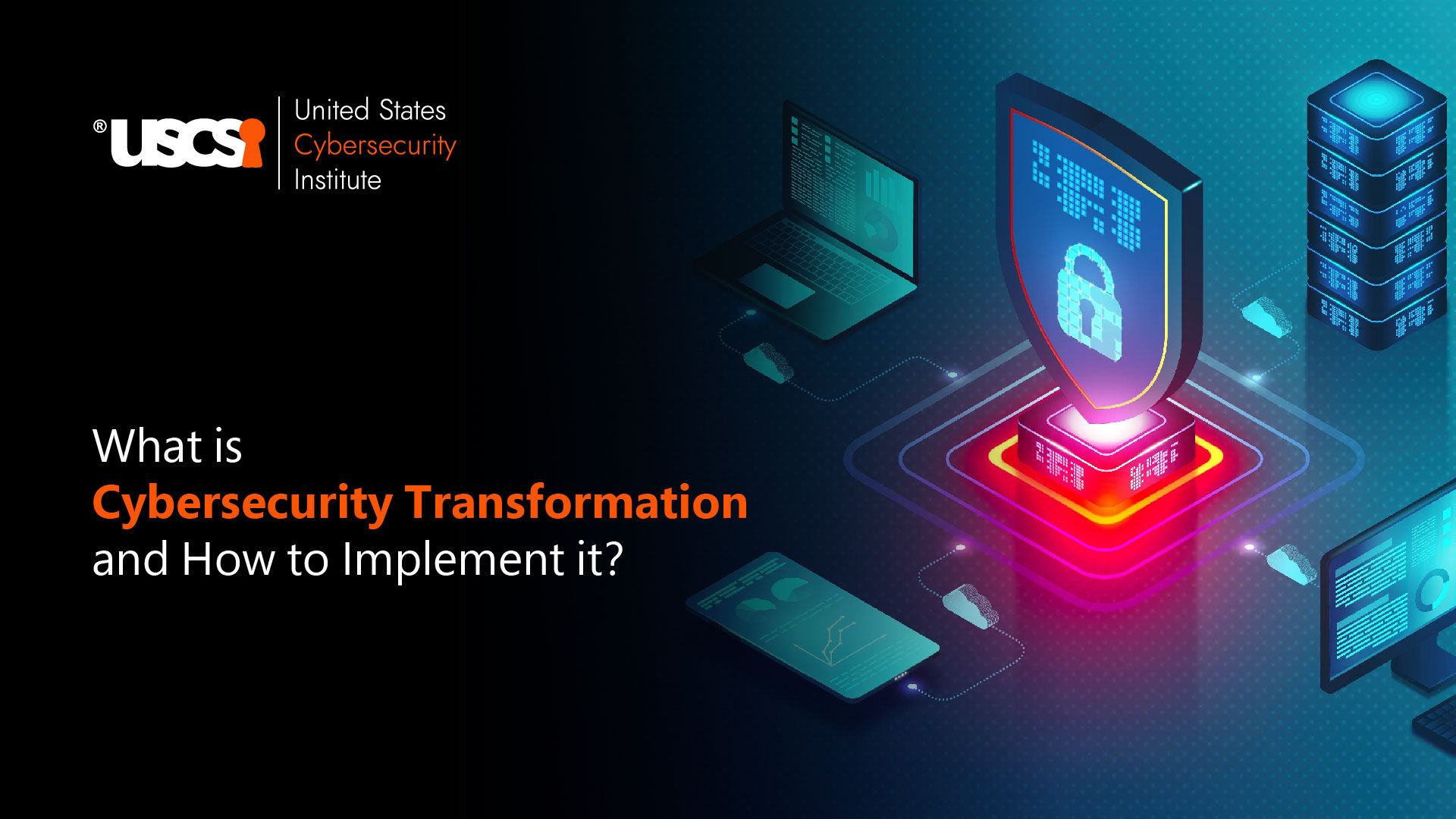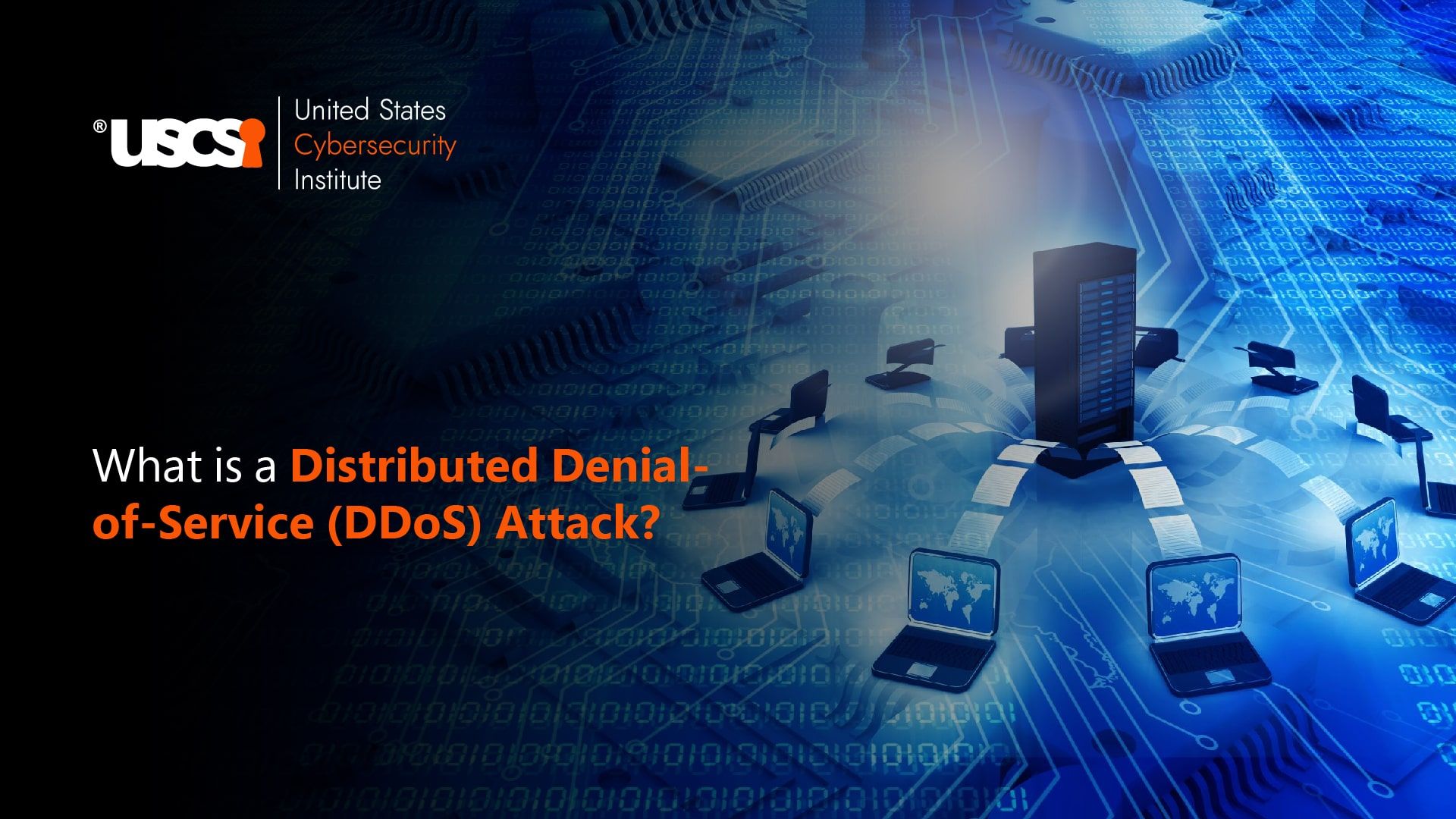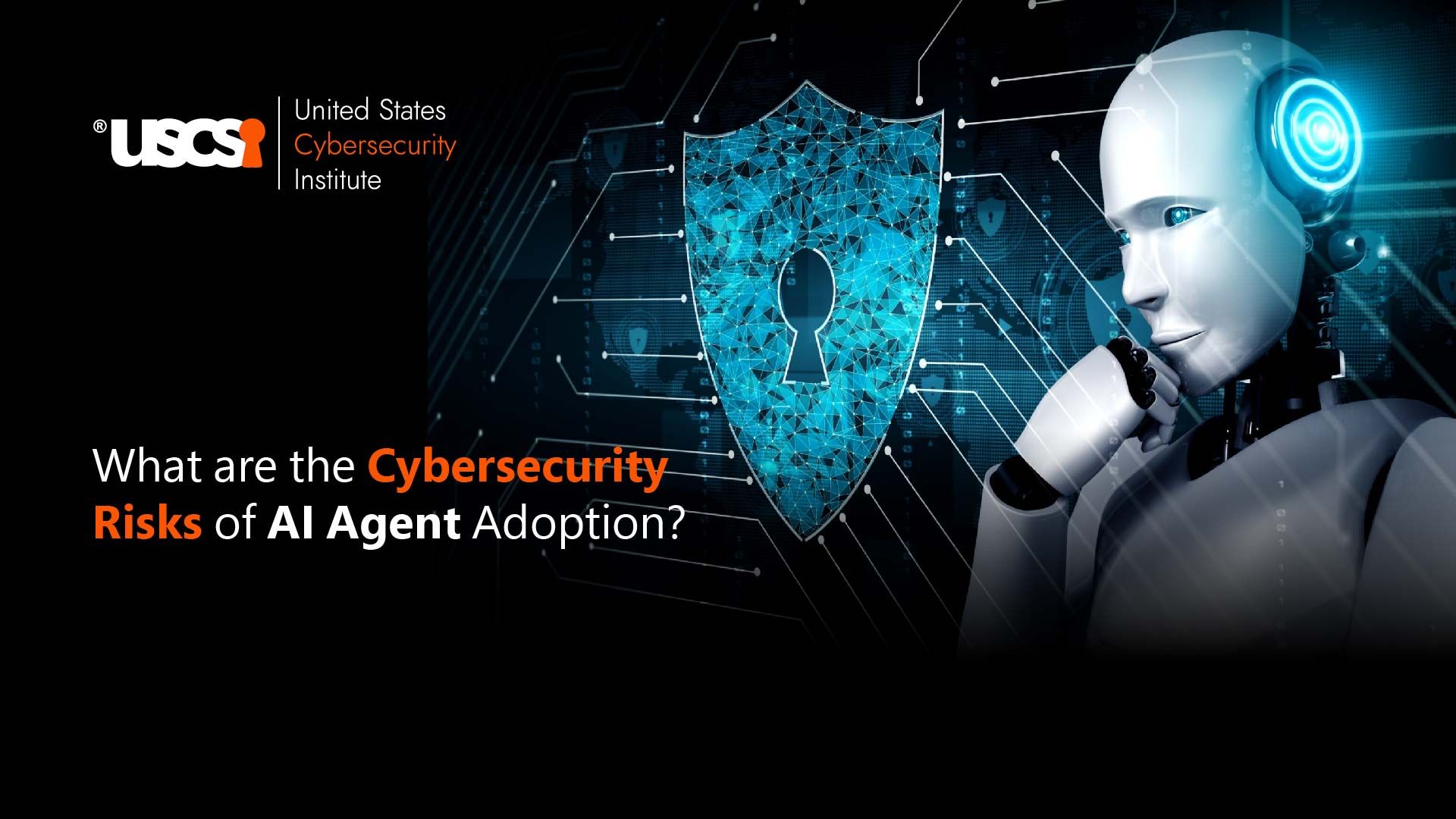

Rise of Cybersecurity Upskilling in 2022
Cybersecurity or IT (Information Technology) security?
In the year 2020, data breaches cost an average of $3.86 million. The costs included expenses to discover & respond to the data breach, downtime cost, opportunity cost as well as the damage of brand image. These data breaches are carried out by individuals or groups who are referred to as Cybercriminals. These criminals target users’ PII (Personally Identifiable Information), credit card details, etc., and then trade it in the underground marketplaces (digital). Cybersecurity aims to deal with these digital threats and attempt to prevent it from happening. Cybersecurity, also known as IT security, is referred to as the process of protecting networks, systems, and programs from attacks on digital environments.
Since technology is getting advanced day by day, its security system is becoming complex. The increasing complexity caused by disparate technologies has left companies with a lack of expertise. So, governments and Organizations are now highly focused on developing strength and building expertise to fight cyber threats. A comprehensive strategy including Artificial Intelligence, Advanced Analytics, and Machine Learning along with skilled Cybersecurity professionals significantly increase the organization’s chances of fighting cyberthreats and simultaneously reduce the breaches’ impact.
Sensitive Information and the Threats - Evolving Targets, Evolving Impacts, and Evolving Techniques
Times are changing and so is cybercrime. It is the change in targets, impact, and techniques that are changing the face of cybercrime. In today's time, Cybercriminals have shifted their focus from targeting data to targeting the core systems of industries including the control systems. On the other hand, they are now interested in destroying or changing the data instead of simply copying it. Thus, imposing the challenge of establishing data integrity among users. The cyber-attack methods have also changed as criminals are now using human layers (often considered to be the weakest link) for attack paths through malicious insiders and phishing.
Organizations across nations are facing regulatory, reputational, as well as financial challenges due to a significant increase in cybercrime. To address the challenges and establish a safe environment for data, information, and security organizations are encouraging employees to upskill. In the year 2022, an individual’s goal should be to gain cybersecurity skills and an organization’s goal should be to offer relevant training to its employees.
Cybersecurity Jobs
The cyber security job requirement will significantly boom in the year 2022. Companies have introduced multiple cyber security jobs in the organization to mitigate the risks and fight cyber threats. The cybersecurity career is vast and involves the following major roles.
- Network Security Engineer: The role of a Network Security Engineer is to ensure the implementation of security systems that will stop as well as counter cyber threats in an organization. The immediate responsibilities of NSEs are to:
- identify vulnerabilities
- maintain systems (such as network monitoring tools, routers, switches, firewalls, etc.), and
- improve automation.
- Security Architect: Organisations depend heavily on security architects to design a solution that is not vulnerable to Cyber-attacks. The primary role of a security architect is to design the architecture of computer security and network in an organisation. It is their job to plan, research, and design security elements. They also design and develop policies for employees to operate these security systems. In addition to designing the architecture, the security architect also collaborates with the programming team in order to build the structure.
- Cyber Security Manager: The responsibility of maintaining security protocols across organizations is the primary role of a Cyber Security Manager. They design and develop strategies to increase internet security and network stability for different projects within the company. They also manage IT teams, review security policies, perform regular server checks for smooth functioning of the system.
- Cyber Security Analyst: The role of a Cyber Security analyst is to plan, implement, and upgrade security controls & measures adopted by the organizations. Additionally, they conduct vulnerability tests, security assessments, network management, and risk analyses. Continuously monitoring the security access and performing the security audits (internal as well as external) to avoid loopholes or security lapses is their task. One of the major responsibilities of a Cyber Security Analyst is to train employees, increase awareness regarding procedures and help them to adopt best practices.
- Chief Information Security Officer (CISO): As per a PWC report, 80% of the organizations have a Chief Information Security Officer in its senior-level management team. This is on top of the Cybersecurity Career ladder. The role of a CISO is to align the business’s mission, vision, technologies, and operations with that of the business’s cybersecurity plan. The CISO collaborates with different teams in the organization for the process of identification, development, implementation, and maintenance of the security processes. In addition to setting up security standards and control measures in the company to mitigate risks, they also oversee the thorough implementation of the policies throughout the organization.
Cybersecurity Education: Unlearn, Relearn, and Upskill
As an individual who is keen on learning different aspects of cybersecurity, it is high time to upskill. Whether a fresher or a professional, anyone can take up cybersecurity education by simply enrolling in a reliable Cybersecurity Certifications course. There are many certification courses available online or offline, it is advisable to choose the one that matches your requirements. Here are some of the many parts of Cybersecurity education you can learn.
- Security intelligence and threat sharing
- Automation, AI, and Machine Learning
- Advanced identity and access management
- Cyber and User behavior Analytics
- Cryptography technologies
- Enterprise governance, risk, and compliance
- Automated policy management
- Data loss prevention
- Advanced perimeter controls.
Conclusion
As per Cybint, human errors cause around 95% of breaches related to cybersecurity. Organizations consider Malware as the most expensive attack as the malware attacks cost has significantly increased by 11%. Hence companies are focused on developing strength to fight malicious threats. So, they are looking for professionals with the skills to curb the attacks and reduce costs. Hence, Cybersecurity upskilling is your way forward.





